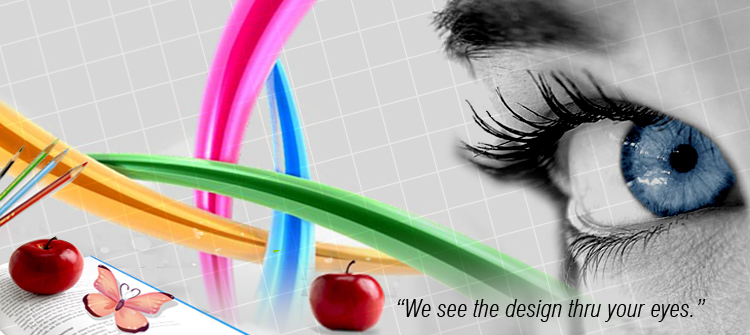
Whether your project involves signage, Awnings, Wayfinding, branding or a combination of these disciplines, it is important that the design and documentation be taken seriously. Our goal is to design and document a solution that will best fit our client's brief. Research and in-depth analysis will ensure success throughout this phase.
Signage Design
Biz Signs signage design process always commences with a detailed briefing session to understand the needs of the client. Our designers then commence research and based on the findings, sketches and initial design concepts are prepared. From these initial designs, a final concept is worked towards by working closely with the client.
Signage Prototyping
Prototyping can then be produced that enable the client to visualise, touch and feel the finalised concepts. It confirms if the designs are practical and suitable for the built environment in which they will be placed.
Signage Specification and Documentation
Once the prototypes have been approved, the documentation process can begin. The final sign design concepts will be developed into detailed 2D and/or 3D drawings including specifications. Specifications usually include, but are not limited to: dimensions, materials, finishes, visuals, site plans or in-situ mockups and shop drawings, anchorages, fixings, typefaces, bolt cage assembly detail, etc.




